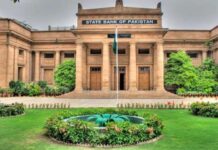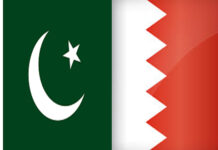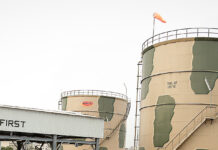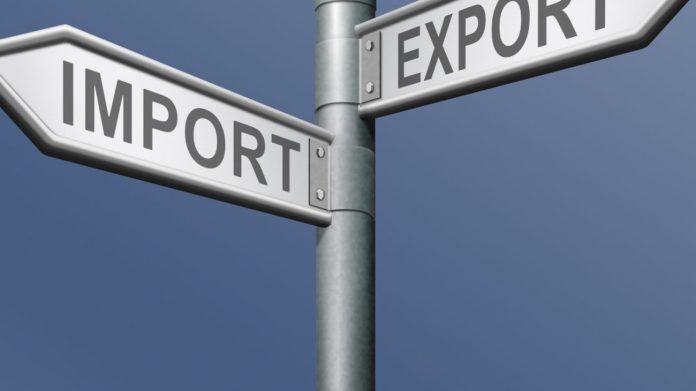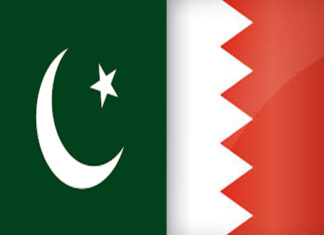ISLAMABAD: As exports kept falling compared to ever rising imports since the present government came into power in 2013, the trade deficit during the past four years has been recorded at $ 99 billion. The failed trade policies, negligence and political appointments on key positions of economic institutions have ballooned the deficit to $ 98.66 billion during the last four financial years.
According to official trade data, the trade deficits during financial year 2013-14, 2014-15, 2015-16 and 2016-17 were recorded $ 20 billion, $ 22 billion, $23.90 billion and $ 32.57 billion respectively making the total deficits to $ 98.66 billion.
Apart from the increasing imports, the fall in exports contributed most to the big gap. According to the available statistics the export of rice was decreased from $2.16 billion to $ 1.46 billion during 2013-14 to 2016-17. The export of textile was reduced from $13.74 billion to $ 11.23 billion during the four years’ period. Besides, the export of fruits and vegetable reduced to $ 530 million from the $650 million during the same period.
The export of sports goods also witnessed reduction to $ 280 million from $ 358 million recorded in 2013-14. Leather exports fell from $550 million to $-319 million. Value added leather exports recorded reduction to $445 million from $620 million. Export of surgical items reduced to $ 307 million from $336 million in the same period. Export in cement sector also shown a sharp fall from $ 220 million. The same trend is also visible in other sectors contributing to exports during the last four years.
The overall exports which were recorded at $ 25 billion during 2012-13 were also reduced to $ 20 billion in FY2016-17 with the total reduction of over $ 5 billion in the last four years of this government which failed to implement its own trade policy framework under which exports were projected to be $ 35 billion by 2018. This figure now seems to a distant dream. Under the Strategic Trade Policy 2015-18, the Ministry of Commerce notified five cash support schemes to improve product design, encourage innovation, facilitate branding and certification, upgrade technology for new machinery and plants, provide cash support for plant and machinery for agro-processing and give duty drawbacks on local taxes. Exporters have yet to submit claims for the subsidy due to “flaws in these schemes”.
On the other hand in the year 2012-13, the import bill was at $44.950bn. It is expected to reach over $53bn this fiscal year. In July-May of financial year 2017, the overall import bill rose 20.6pc year-on-year to $48.54bn. In May alone, it increased 28pc to $5.09bn.
To boost exports, the prime minister announced a subsidy package of Rs180bn for textile, clothing, sports, surgical, leather and carpet sectors. The impact of this package on exports has yet to be seen.
According to exporters the major reasons of fall in exports are increase in cost of doing business, non-competitiveness in international market, closure of textile units, nonpayment of tax refunds to exporters and failure of governments institutes in facilitating the foreign trade. They said the helplessness of commerce minister in implementation of trade policies was also a big reason. Besides, export promoting institutions like Trade Development Authority of Pakistan was run through a politically appointed person who kept treating the organization as event Management Company for three years. This important institution has been without a head for the last three months despite the grave situation of exports. Dozens of commercial counselors abroad were also not making a difference in this regard despite expenditure of over Rs 2 billion on their activities in foreign countries.



